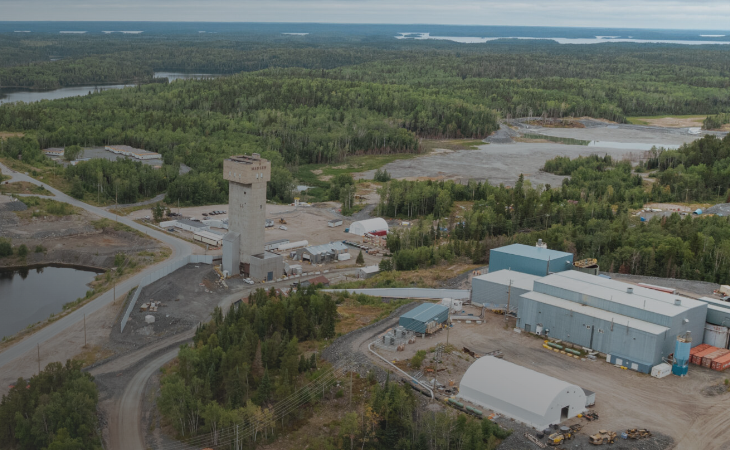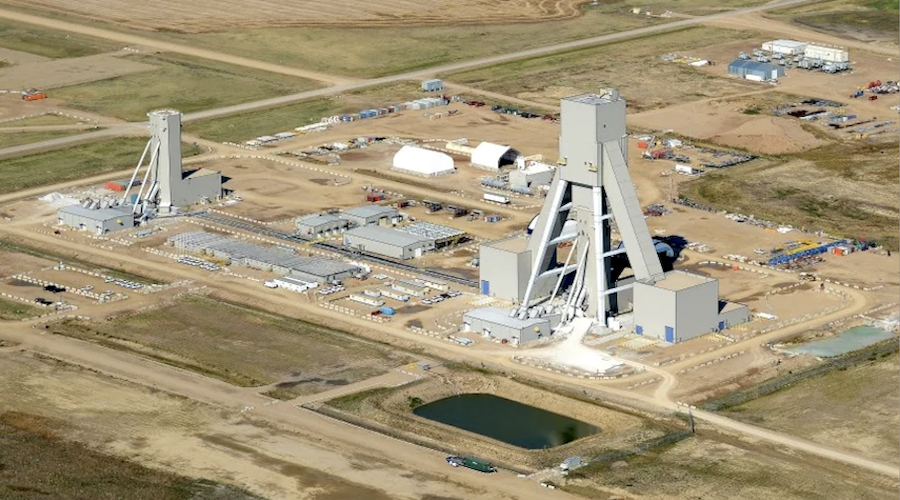Remember hearing that “A little knowledge is a dangerous thing”? Here is a contemporary corollary: “Especially when you cherry-pick your facts to make another look bad.”
The case in point is the report circulated by the Canadian Parks and Wilderness Society’s (CPAWS) Wildlands League. In it the organization accuses De Beers
Canada and its Victor diamond mine in northern Ontario of environmental offenses. CPAWS calls the situation a failure of self-monitoring and urges independent monitoring and reporting.
“The report is greatly misleading,” De Beers Canada’s senior external and corporate affairs manager Tom Ormsby said when contacted by CMJ.
CPAWS accuses the Victor mine of failing to report on five out of nine surface water monitoring stations for the last seven years.
Ormsby says that’s not accurate. “All the data is captured. We have 200 groundwater wells, 17 surface water monitoring locations and collect 3,200 water samples each year. In addition, we carry out over 1,200 mercury analyses in surface water in an average year plus another 500+ in groundwater and many hundreds of fish samples. The report, which is reviewed each year by the MOE, technical experts and the community, uses the most meaningful data, but all the sampling data is provided to the Ministry of Environment per our permits.”
Sometimes the sampling point changes as the project progresses from construction into operation. Points can be moved to more relevant locations once mining actually begins, just as some did seven years ago at Victor – the time from which Wildlands League is claiming the five of nine surface monitoring stations were no longer being reported. A better point, for example, would be where two creeks converge, it is more meaningful to analyze the data from the creeks separately rather than rely on sampling after the creeks converge a few hundred metres downstream where the any changes might be masked by the blending of the tributaries. The De Beers’ report focuses on meaningful data, and, Ormsby repeated, all data is available.
In a typical year, the company produces 50 separate monitoring reports, totalling 1,500 to 2,000 pages. The Victor water reports are filed with the Ontario environmental minister. That makes them public knowledge. And De Beers has provided copies to CPAWS of various reports in the past, including reports on mercury, hydrology, even the most recent closure plan from 2014.
Such actions don’t sound like those of an organization that has something to hide.
Another allegation leveled by CPAWS is that the downstream levels of mercury are not in the Victor report. It says a “concerned party” provided it with downstream data that shows levels of methylmercury are tripled. “Data collected and analyzed by De Beers and sent to the MOE actually shows unfiltered methyl mercury levels upstream of the mine are similar to and at times higher than downstream, which demonstrates the mine is not the source of the local mercury”, said Ormsby.
Why is CPAWS so worried about mercury? It has been part of the James Bay ecology for thousands of years, it is not used in diamond recovery. High mercury levels in the local fish have been known for decades, nearly 30 years before the mine opened in 2008, and it has long been recommended people reduce their consumption of the affected fish. The purpose of this environmental monitoring is to ensure the mining activity is not causing unhealthy movement of the mercury around the area, and years of scientific research at the site have proven the environmental management program is working as planned.
Environmental watchdogs such as CPAWS have a role to play. There are 15 more potential “industrial intrusions” into the James Bay Wetlands, and the wetlands are worth preserving for many reasons. But CPAWS is picking on the wrong “intrusion”.
“Victor is the most comprehensively monitored of any mine in Ontario,” said Ormsby. “Since opening, we have had to add a helicopter on site to assist with the additional extensive monitoring … and not just water but all the other environmental aspects.”
Self-reporting is not a problem at the Victor mine, but cherry-picking data points is at CPAWS.





Comments